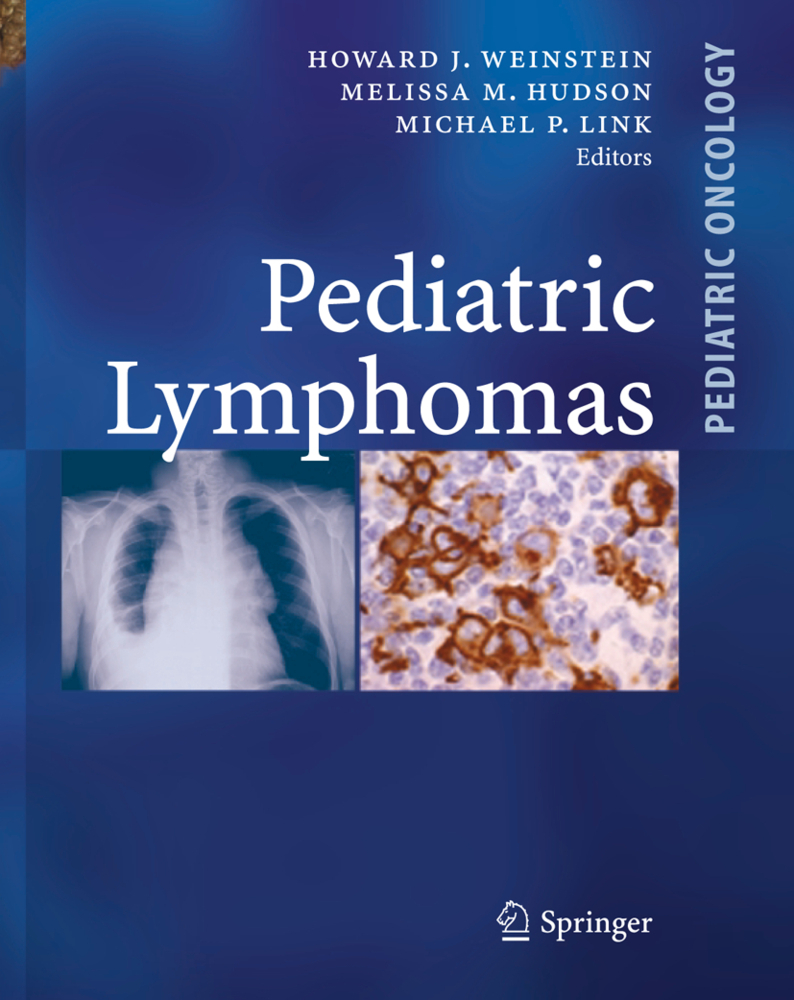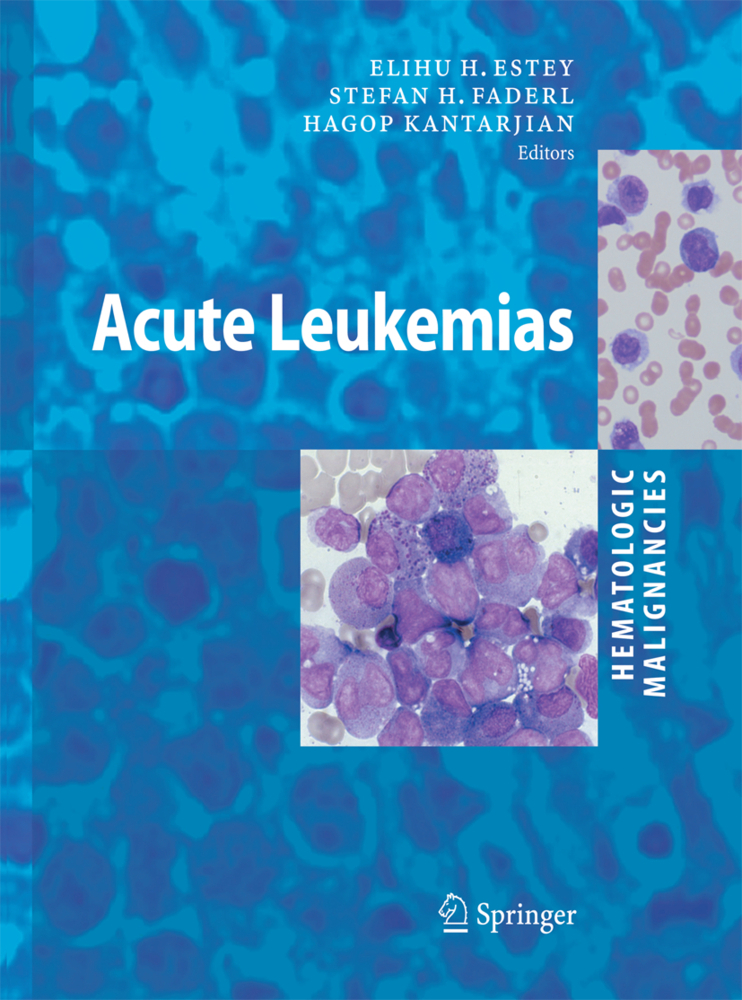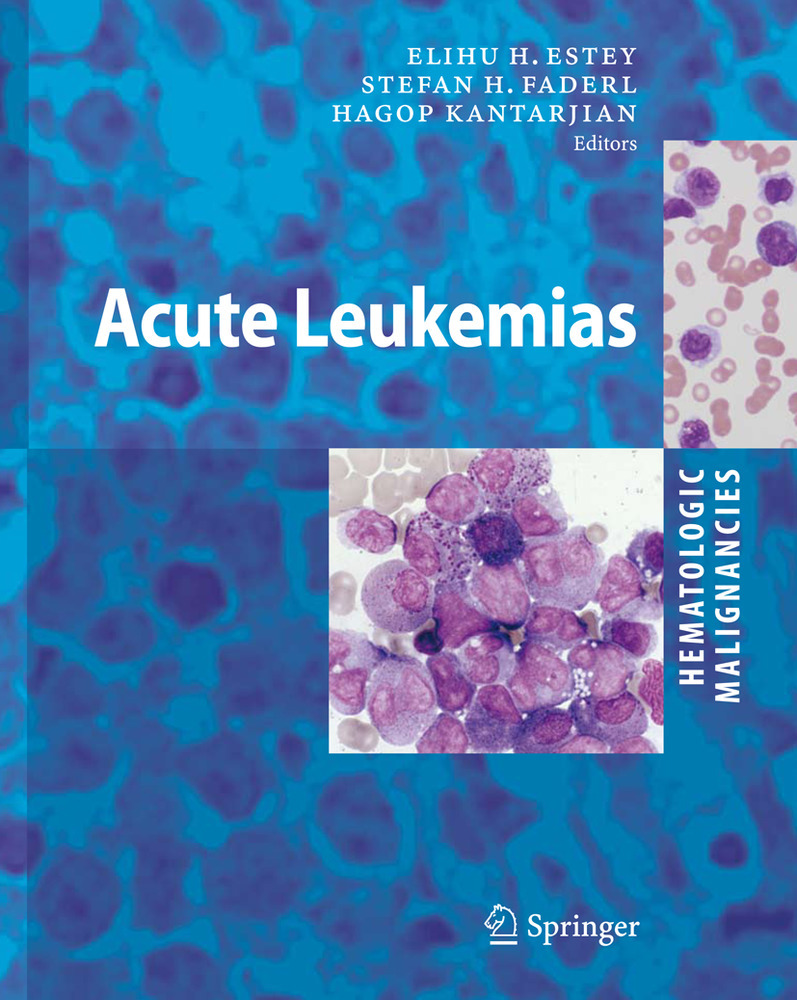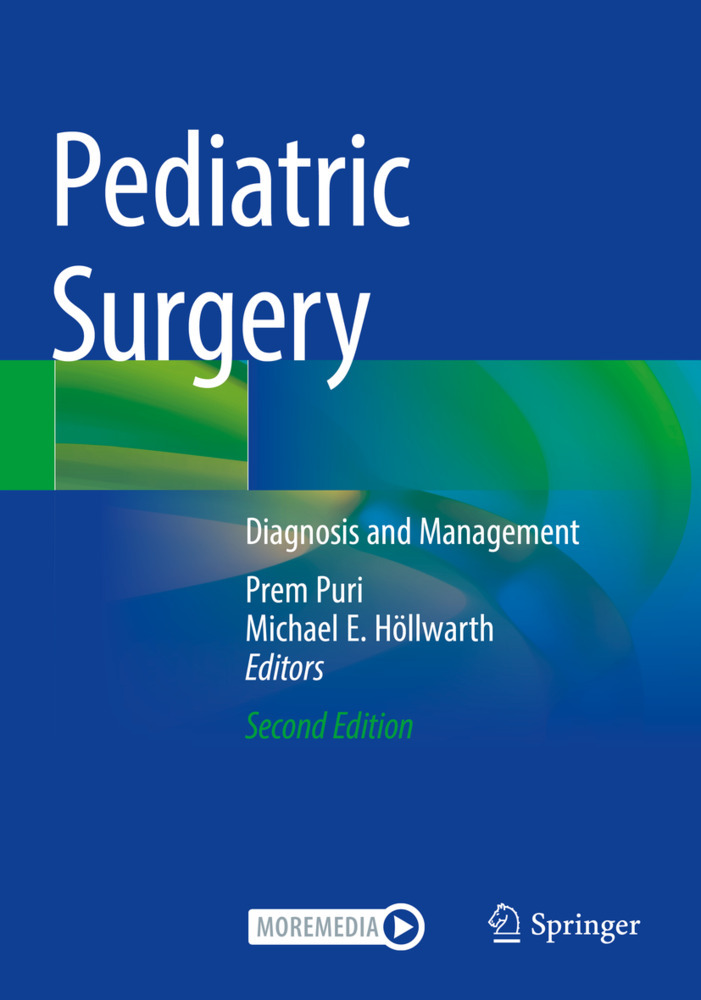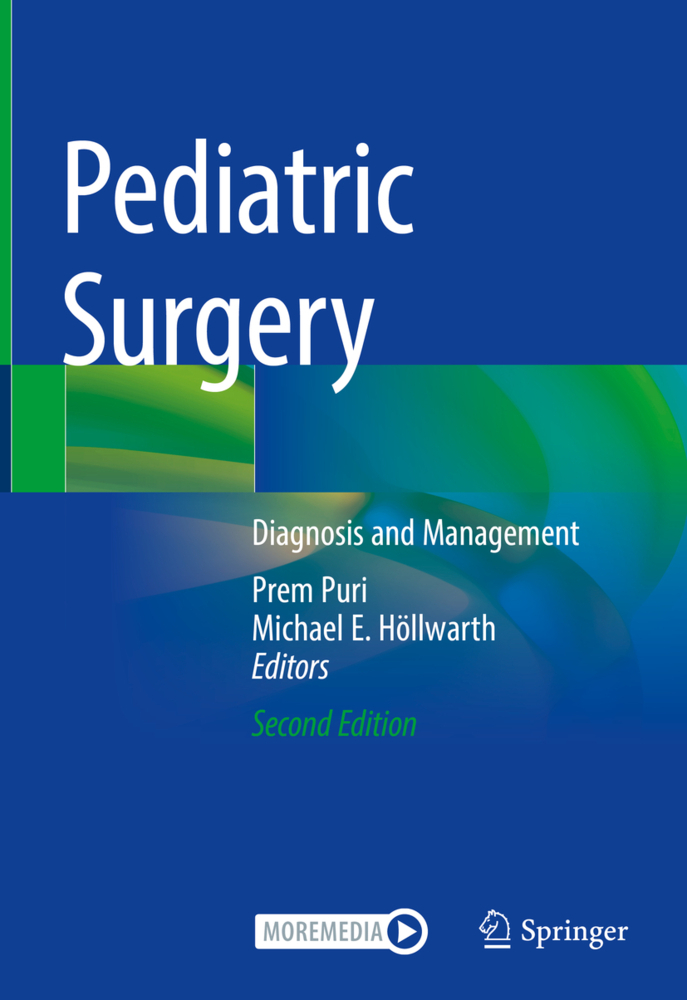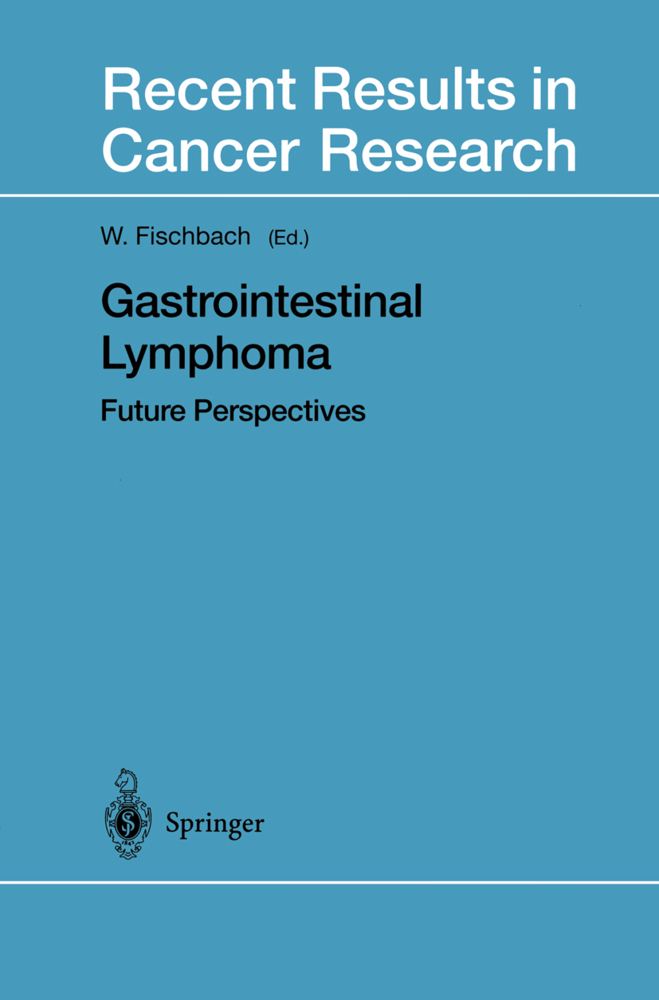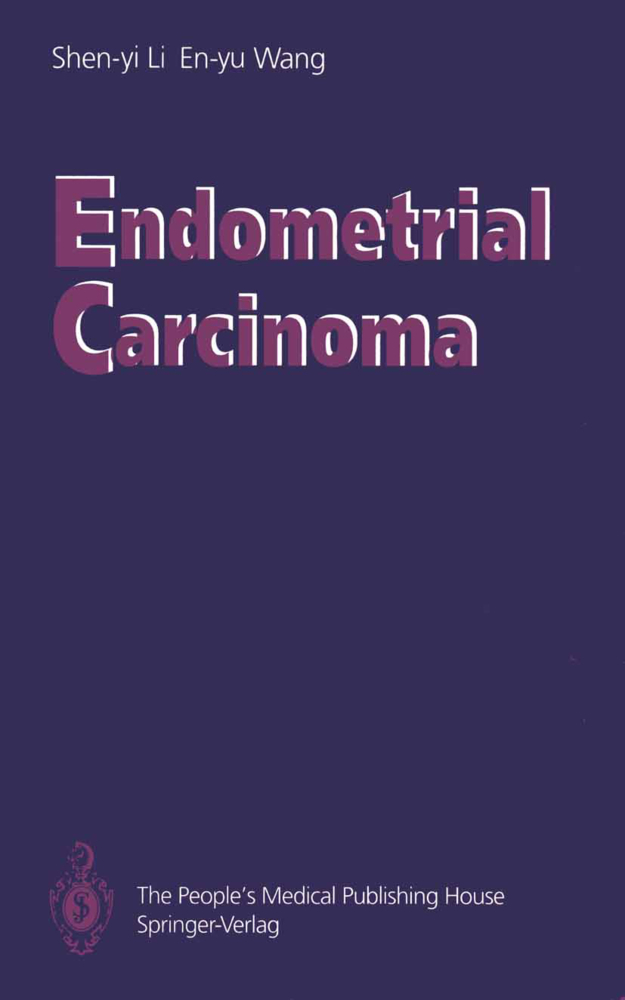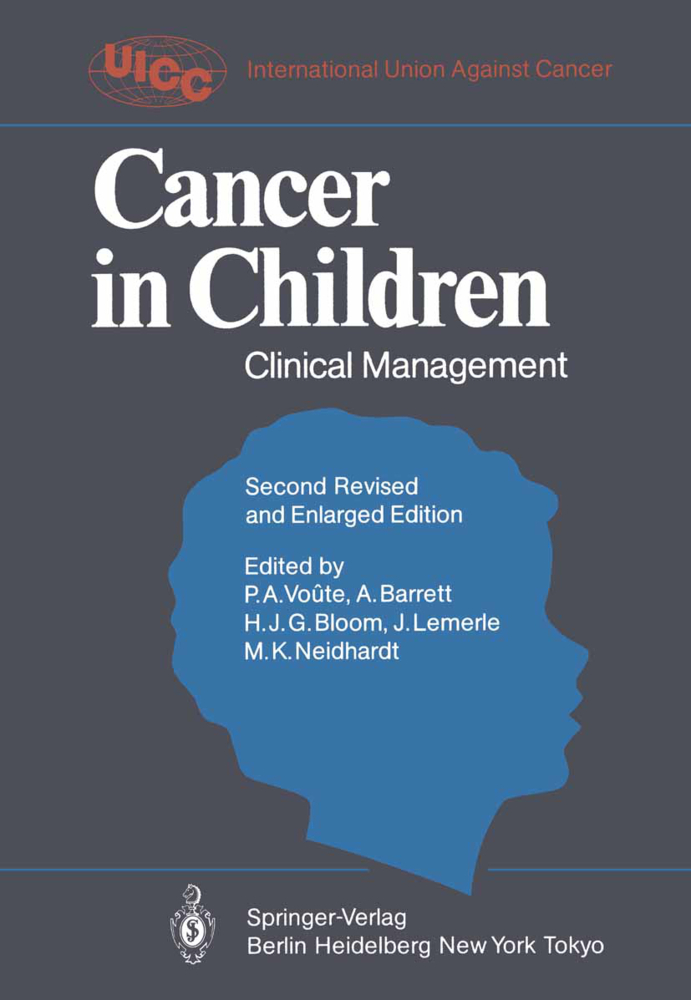T is is the f rst edition of Pediatric Lymphomas. T e ment of both Hodgkin and non-Hodgkin lymphomas, editors have been colleagues for more than 25 years and lymphoproliferative disorders associated with - and have been involved in the design and coordination munodef ciency. In addition, three chapters focus on of clinical trials and multimodality approaches for the pathology, molecular biology, and genetics of children with Hodgkin and non-Hodgkin lymphomas. Hodgkin and non-Hodgkin lymphoma including the Progress in elucidating the pathogenesis and in the di- rare cutaneous lymphomas. We hope that Pediatric agnosis and treatment of lymphomas in children has Lymphomas will be a useful resource for practitioners been one of the great success stories in pediatric oncol- from the many dif erent disciplines involved in the ogy. Prior to 1970, fewer than 20% of children with comprehensive care of children with lymphomas. malignant lymphomas survived. Today, more than T e authors are all leading experts in the area of 90% of children diagnosed with Hodgkin lymphoma childhood lymphomas. We wish to thank them for all survive and more than 80% of children with non- of the time and ef ort that went into their contribu- Hodgkin lymphoma are considered cured. Continued tions. If this f rst edition is helpful to our diverse re- improvement in survival has occurred as the result of ership, it is because of the authors.
1;Preface;62;Contents;83;Contributors;124;Chapter 1 Introduction and Historical Background: Pediatric Hodgkin Lymphoma;144.1;1.1 The Way It Was;144.2;1.2 Lessons from the Children;164.3;1.3 The Hidden Secrets - The Discovery of Late Eff ects;164.4;1.4 Current Optimal Management;174.5;References;175;Chapter 2 Biology and Pathology of Hodgkin's Disease;205.1;2.1 History of Hodgkin's Disease Pathologic Classification;205.2;2.2 Lineage of Hodgkin Reed-Sternberg cells; B-cell phenotype;225.3;2.3 Some Evidence of an Antigen-Presenting Function;235.4;2.4 Apoptosis;235.5;2.5 NF-kappaB;245.6;2.6 Jak/STAT Pathways;255.7;2.7 Tumor Necrosis Factor Receptor (TNFR) Family;255.8;2.8 Tumor Necrosis Factor Receptor-Associated Factors (TRAFs);255.9;2.9 Cytokines and Chemokines;265.10;2.10 Cytogenetics;275.11;2.11 Gene Profi le;275.12;2.12 Association with EBV;275.13;2.13 Pathology of Classical Hodgkin Lymphoma;295.14;2.14 Immunophenotype of Classical HRS Cells;305.15;2.15 Flow Cytometry;315.16;2.16 Histologic Classifi cation of CHL;325.16.1;2.16.1 Nodular Sclerosis HL;325.16.2;2.16.2 Mixed Cellularity HL;335.16.3;2.16.3 Nodular Lymphocyte Rich CHL;345.16.4;2.16.4 Lymphocyte Depleted HL;355.17;2.17 Nodular Lymphocyte Predominant Hodgkin Lymphoma (NLPHL);355.18;2.18 Hodgkin Lymphoma in the Setting of HIV Infection;365.19;2.19 Bone Marrow Involvement and Histologic Staging;365.20;2.20 Pathology of Relapse and Second Malignancy;375.21;2.21 Differential Diagnosis of HL;385.22;References;406;Chapter 3 Treatment of Pediatric Hodgkin Lymphoma;486.1;3.0 Introduction;486.2;3.1 Clinical Presentation;496.2.1;3.1.1 Systemic Symptoms;506.2.2;3.1.2 Laboratory Evaluation;506.2.3;3.1.3 Immunologic Status;516.3;3.2 Differential Diagnosis;526.4;3.3 Diagnostic Evaluation and Staging;536.5;3.4 Prognostic Factors;566.6;3.5 Combination Chemotherapy;586.7;3.6 Chemotherapy Alone Versus Combined Modality Therapy;626.8;3.7 Risk-Adapted Therapy;646.8.1;3.7.1 Treatment of Low-Risk Disease;646.8.2;3.7.2 Treatment of Intermediate- and High-Risk Disease;666.9;3.8 Principles of Radiation Therapy;676.9.1;3.8.1 Volume Considerations;696.9.2;3.8.2 Dose Considerations;716.9.3;3.8.3 Energy;726.10;3.9 Summary Recommendations for Primary Disease/Selection of Therapy;726.11;3.10 Acute Effects of Therapy;726.11.1;3.10.1 Chemotherapy Side-Effects;726.11.2;3.10.2 Radiation Side-Effects;746.12;3.11 Future Directions;746.13;References;747;Chapter 4 Treatment of Relapsed/Refractory Hodgkin Lymphoma;807.1;4.1 Introduction;807.2;4.2 Strategies for Re-induction;807.2.1;4.2.1 Role of Re-induction Chemotherapy;817.2.2;4.2.2 Standard Re-induction with ICE;817.2.3;4.2.3 Re-induction Therapy with Ifosfamide/Vinorelbine (IV);827.3;4.3 High-Dose Therapy;837.3.1;4.3.1 Immunomodulation as a Therapeutic Strategy to Augment High-Dose Therapy;847.3.2;4.3.2 Reduced-Intensity/Non-myeloablative Allogeneic Stem Cell Transplantation;857.4;4.4 Salvage Strategies Following Transplantation;857.4.1;4.4.1 Combination Chemotherapy with Gemcitabine/ Vinorelbine (GEM/VRB);867.4.2;4.4.2 Molecular Targeting of the NF-.B Pathway;877.4.3;4.4.3 Targeted Immunotherapy Strategies;907.5;4.5 Future Considerations;927.6;References;928;Chapter 5 Non-Hodgkin's Lymphoma Introduction and Historical Background;988.1;5.1 Introduction;988.2;5.2 The Early Era, Pre-1970;998.3;5.3 The Latter Era, Post-1970s;998.4;References;1019;Chapter 6 Biology and Pathology of Pediatric Non-Hodgkin Lymphoma;1049.1;6.1 Introduction;1049.2;6.2 Non-Hodgkin Lymphoma;1049.3;6.3 Pathologic Analysis;1069.3.1;6.3.1 Morphology;1069.3.2;6.3.2 Immunophenotypic Analysis;1079.3.3;6.3.3 Molecular and Cytogenetic Analysis;1089.3.4;6.3.4 WHO Classification of Hematolymphoid Tumors;1139.4;6.4 Molecular Pathogenesis of Pediatric NHL;1149.5;6.5 Burkitt Lymphomas;1149.5.1;6.5.1 Pathology;1149.5.2;6.5.2 Biology and Molecular Mechanisms;1179.6;6.6 Diffuse Large B-cell Lymphoma;1209
Weinstein, Howard J.
Hudson, Melissa M.
Link, Michael P.
| ISBN | 9783540687535 |
|---|---|
| Article number | 9783540687535 |
| Media type | eBook - PDF |
| Edition number | 2. Aufl. |
| Copyright year | 2007 |
| Publisher | Springer-Verlag |
| Length | 292 pages |
| Language | English |
| Copy protection | Digital watermarking |


